9 Answers You Wanted About Meteoroids, Meteors, and Meteorites
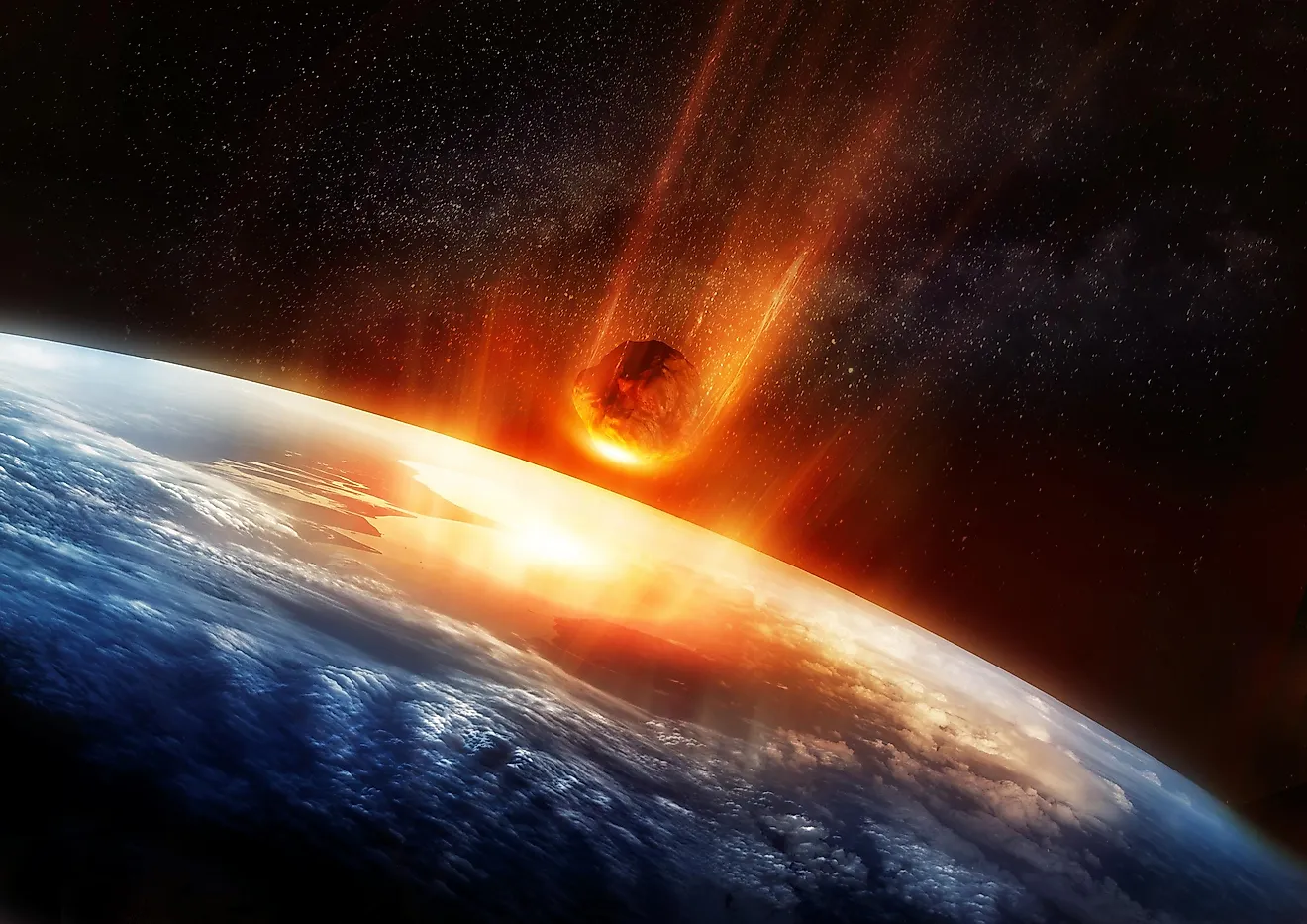
It is time to clean up all the confusion between meteorites, meteoroids, meteors, bolides, shooting stars, and other intriguing terms! We will also answer a few common questions!
What Is The Most Expensive Meteorite?
The Fukang Meteorite, found in 2000 in Fukang (meteorites are usually named after the location where they fell), is a large, stunning pallasite. It is made of a melted iron-nickel alloy with transparent green olivine crystals mixed into it. Its cost was over $2 million. This meteorite was estimated to be almost as old as our planet, over 4.5 billion years. It was cut, polished, and thoroughly explored by the scientists before it was offered for sale.
What Is The Largest Known Meteorite?
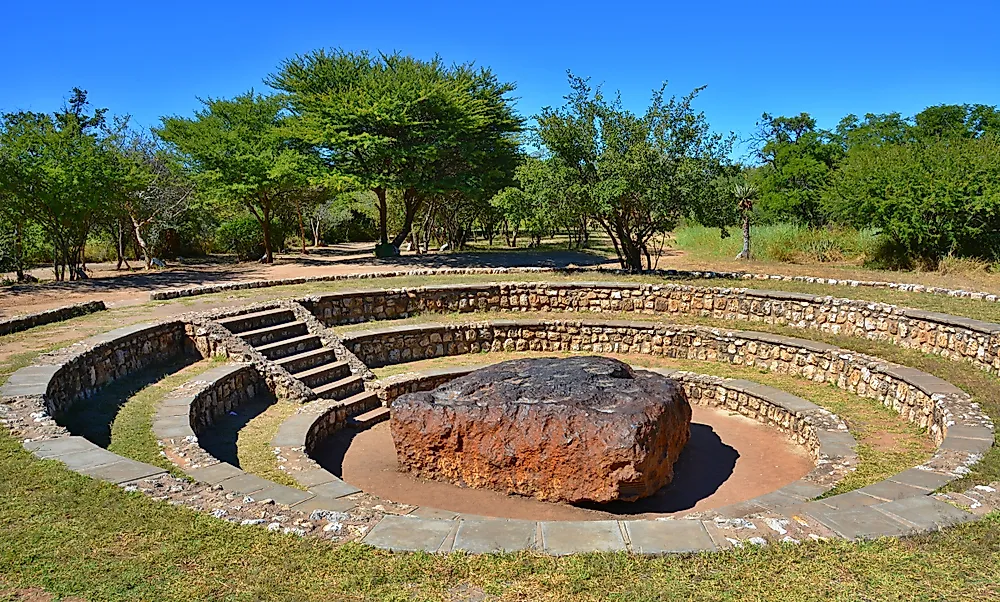
Currently, the largest known meteorite that fell on Earth is Hoba. It was discovered in Namibia. It weighs 60 tons and is too big to be relocated, so it was left on the farm where it was found and became a tourist attraction.
Which Type Of Meteorites Is The Rarest?
The most common meteorites are stony ones. About 5% of meteorites are iron and iron-nickel alloy ones: for example, taenites and kamacites. Iron meteorites can produce unusual patterns never seen on Earth. Stony-iron meteorites are the rarest, only 1%, and can be the most impressive and even beautiful enough to make "extraterrestrial gemstones." One of them, called pallasites, is both rare and valuable type: so far, the meteorite database shows only 99 records of them found on Earth. Mesosiderites, also stony-iron kind, can look appealing with the inclusions of the melted metal shining among the silicate grains.
What Can I Find Inside A Meteorite Crater?
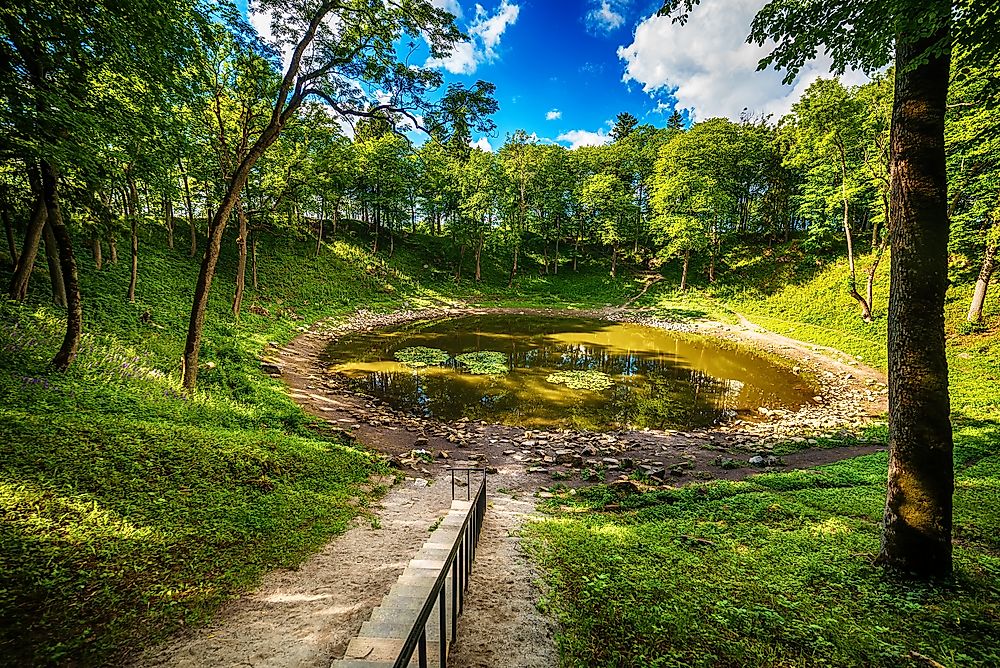
When a large meteorite reaches the ground, the impact forms a crater. Apart from the meteorite pieces, you can find some other objects created from the Earth materials under the heat and pressure of the collision. One more common type of rock is called impactite, or crater glass, which is made of the melted native rocks. A second glassy object that can be discovered after the impact events is tektites. They also appear to be melted rocks; imagine the drops of liquid rocks being thrown into the air by the blast of the meteorite, and then falling back to Earth cooled down enough to keep its shape. They are rarely larger than a few inches in size but can have unique forms.
What Are Meteorites Made Of?
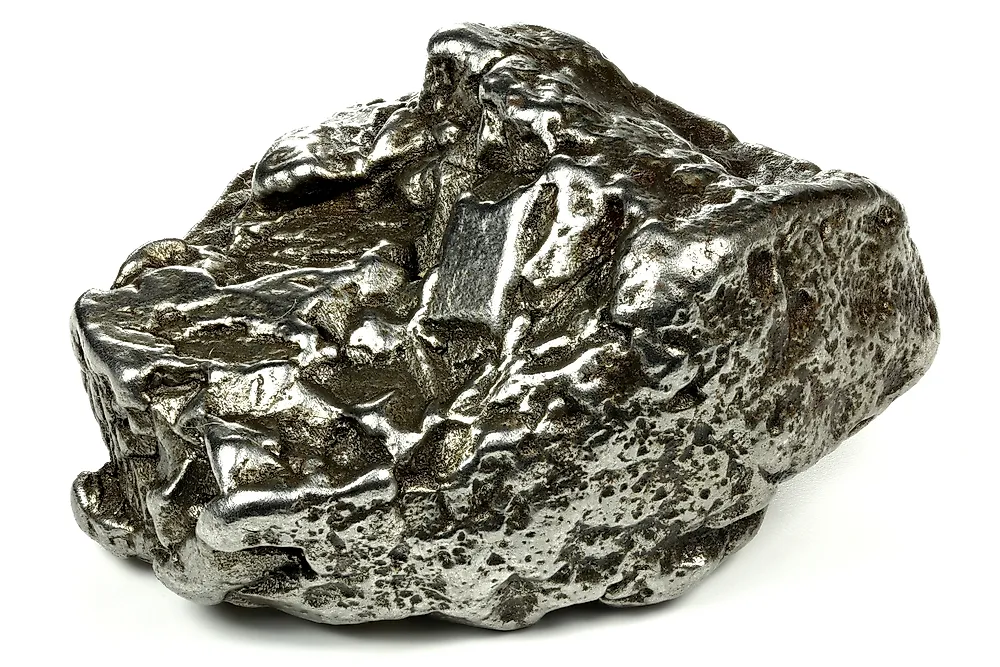
Scientists categorize meteorites into three main classes based on their composition. The most common category is stony meteorites, composed mainly of the same silicate materials that can also be found in Earth rocks. The rarer, but more noticeable type are iron meteorites. Their composition is iron and nickel in various proportions. The last category is the halfway between the first two: they are called stony-iron meteorites and are made of both metallic and rocky materials.
Can I Find A Meteorite After A Meteor Shower?
It is not entirely impossible, but almost all "shooting stars" are destroyed in this process; the reason is that the majority of meteors are particles of dust from the comet trails, and they are too small to reach the Earth. Only a rare few can survive to the surface and become meteorites.
Are Meteor Showers And Meteorite Showers The Same?
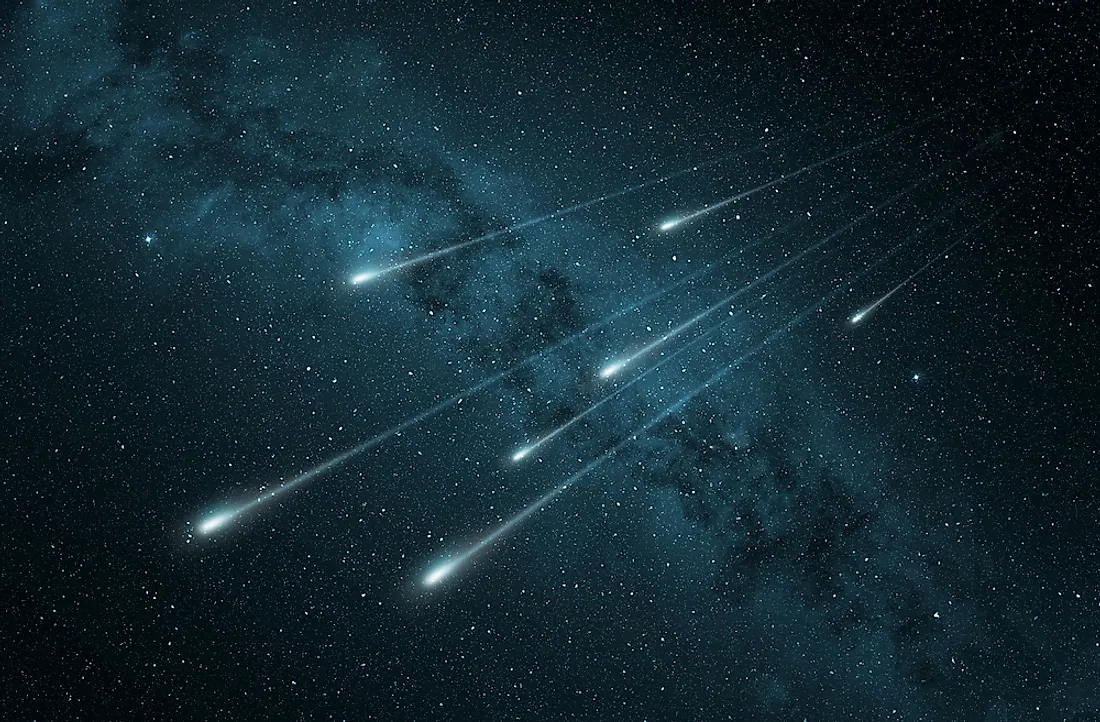
Yes and no. A meteor shower is a category of meteors related phenomena: an event when we can observe many more "shooting stars" per hour than on an average day. Meteor showers happen when Earth is passing through the orbit of a comet or crossing paths with an asteroid trajectory. Because those are mainly space dust and microscopic particles, it is mostly a "light show." Meteorite shower is something more serious and (luckily!) happens rarely. If a large bolide detonates on the entry and breaks up into many pieces, still large enough to not burn up completely, that is a meteorite shower. If we ever cross paths with a stream of large meteoroids or even asteroids, it can produce a meteorite shower, too: let us hope not.
Where Do Meteoroids Come From?
It is believed that those larger ones are coming from the solar system's asteroid belt. Smaller ones come from Moon, Mars, or even accompany passing comets and asteroids. Most of the comet trails, however, are ice and space dust.
Are A Meteor, Meteoroid, And Meteorite Different Objects?
A meteoroid is a minor rock-type object in the outer space, made of stone or metal, and ranging from a grain to a meter in size. They are much smaller than asteroids. But once a meteoroid gets caught by the gravity or our planet happens to pass through a stream of them, it gets a new name! A meteor or shooting star is any glowing phenomenon produced by the space debris passing through the atmosphere. Most of them will burn up, but if one makes it to the surface, it gets a new name: a meteorite.
Astronomers use the word bolide to identify the brightest and largest fireball in the sky, which also has a trail and produces detonations; geologists use the same name to call a meteorite large enough to make a crater. Tiny meteorites (smaller than 1/10 inch) are called micrometeorites. Meteorites that our missions bring from Moon or Mars are extraterrestrial meteorites.
So the same stone object is called a meteoroid while in space, a meteor phenomenon while passing through the atmosphere, named a meteorite if it falls on the surface, and be considered as a bolide if it is massive and impactful.











